The flag of Australia serves as a visual narrative of Australia’s colonial heritage, its federation of states and territories, and its geographical and astronomical characteristics.
This flag not only signifies national pride and governance but also embodies the country’s unique features and its journey through history.
Flag of Australia
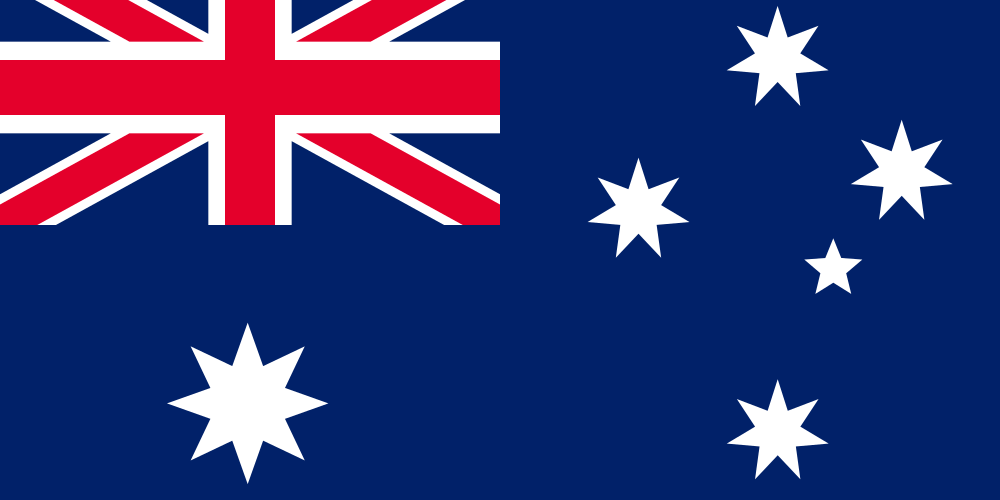
The Australian flag features a union of emblems that reflect the country’s heritage and constitution, with the Union Jack, the Commonwealth Star, and the Southern Cross constellation prominently displayed.
The presence of the Union Jack highlights Australia’s historical ties to Britain, while the Commonwealth Star represents the unity of the states and territories. Additionally, the depiction of the Southern Cross constellation on the flag connects Australia to its geographical location under the southern night sky.
Flag of Australia: Color Palette
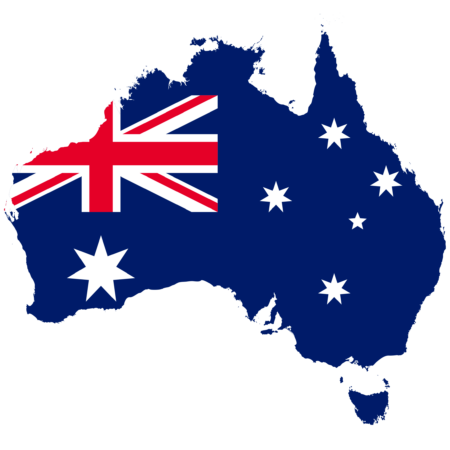
Australia Flag Emoji: 🇦🇺
The color palette of the Australian flag is a simple yet striking combination that resonates with its national identity. This palette comprises three fundamental colors, each with significance and resonance on a national and international scale.
These colors are set to be explored further, revealing the depth and symbolism they contribute to the flag’s overall representation.
Meaning of Each Color
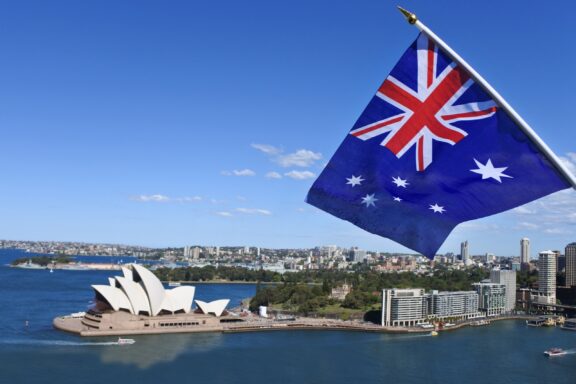
Blue
The blue background on the Australian flag mirrors the vast waters surrounding the continent and the clear skies overhead, showcasing the nation’s unique geographical position.
Blue also exemplifies honor, valor, and the egalitarian principle of equality before the law, reflecting core values embraced by Australian society.
White (Stars)
The white stars on the flag shine bright against the blue, embodying purity and a hopeful outlook toward the future.
They form the Southern Cross constellation, a distinctive feature in the southern hemisphere’s night sky, linking to Australia’s geographical location and its rich indigenous cultural heritage.
Red (Union Jack)
The red elements within the Union Jack on the flag echo Australia’s red earth, indigenous heritage, and historical bonds with the United Kingdom.
Moreover, it signifies the nation’s enduring relationship with the Commonwealth, fostering a sense of connection to a broader community of nations.
Australian Coat of Arms
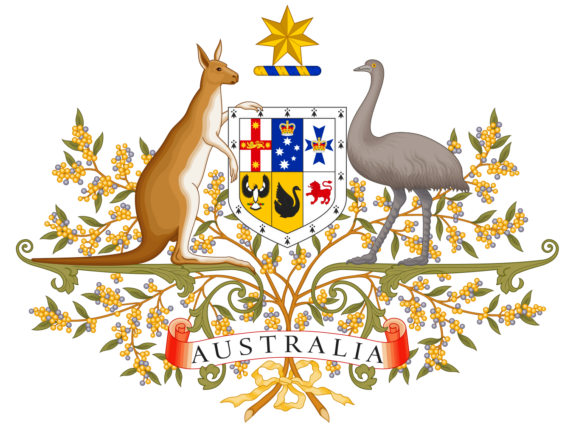
The Commonwealth Coat of Arms of Australia is a symbolic representation of the nation’s accord, rich natural resources, and cultural heritage. It incorporates a shield adorned with emblems of the six Australian states, denoting the federation.
The shield is supported by two indigenous animals, the kangaroo, and the emu, chosen for their symbolic representation of progress, as they are believed to move only forward.
Above the shield rests the gold Federation Star with seven points, encapsulating the federal structure of the nation. The background is adorned with the golden wattle, Australia’s floral emblem, reflecting the natural beauty of the land.
Collectively, this emblem encapsulates the essence of Australia, its history, federal unity, and aspirations as a nation moving forward.
Historical Evolution and the Meaning Behind Changes
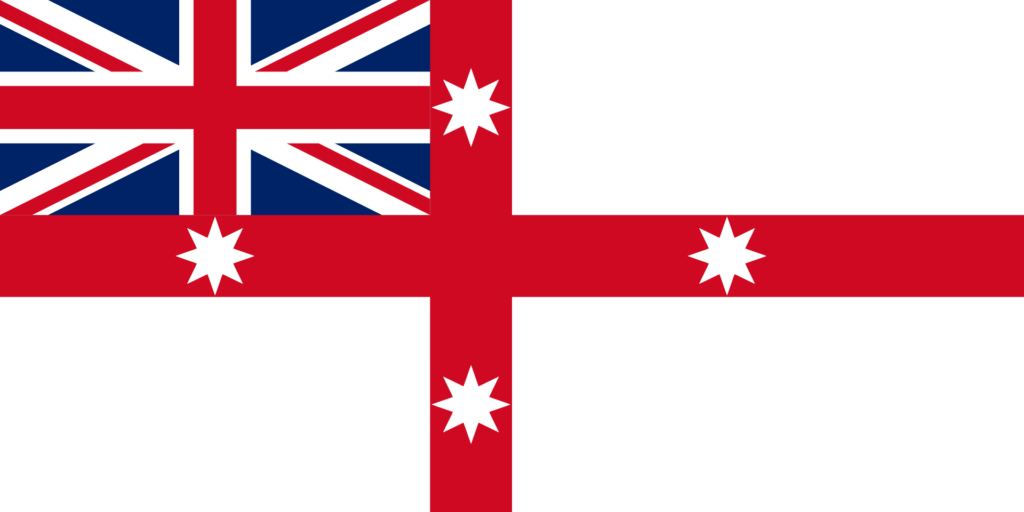
The Australian flag’s design, adopted in 1901, has remained largely stable, with key adjustments mirroring the nation’s development.
Initially, the flag’s stars varied in the number of points; however, in 1903, this was standardized with seven-pointed stars for the Southern Cross, except for the smallest star.
The Commonwealth Star under the Union Jack originally had six points representing the states but gained a seventh in 1908 to include the territories.
These changes reflect Australia’s evolving identity and governance, with the flag’s core elements—the Union Jack, the Southern Cross, and the Commonwealth Star—enduring as symbols of the country’s history, geographic position, and harmony.
Overall, the flag’s color scheme has been a constant, with the blue background, white stars, and red of the Union Jack holding their original meanings throughout its history.
Overall Symbolic Meaning of the Flag
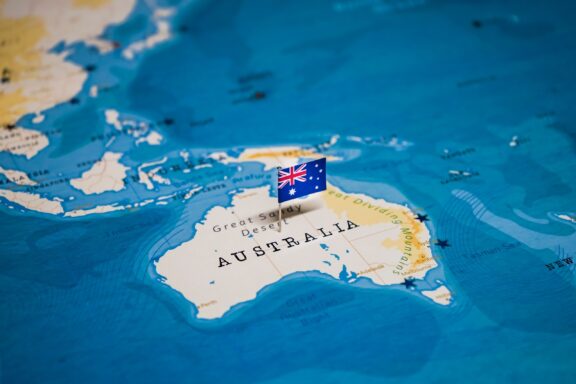
Australia’s flag encapsulates the essence of its national story, combining elements that signify its origins, political formation, and distinctive natural features. It stands as a symbol of the nation’s pride, showcasing emblems that narrate Australia’s evolution and its place in the wider world.
In summary, the Australian flag is a visual ode to the nation, its land, its people, and its journey through time, with its colors steadfastly representing these themes.
Similar Flags to the Flag of Australia
The Australian flag shares its design features with several other flags, most notably those of other Commonwealth countries. These similarities often arise from a common colonial history with the United Kingdom, which is why the Union Jack appears in the canton of their flags as well.
New Zealand
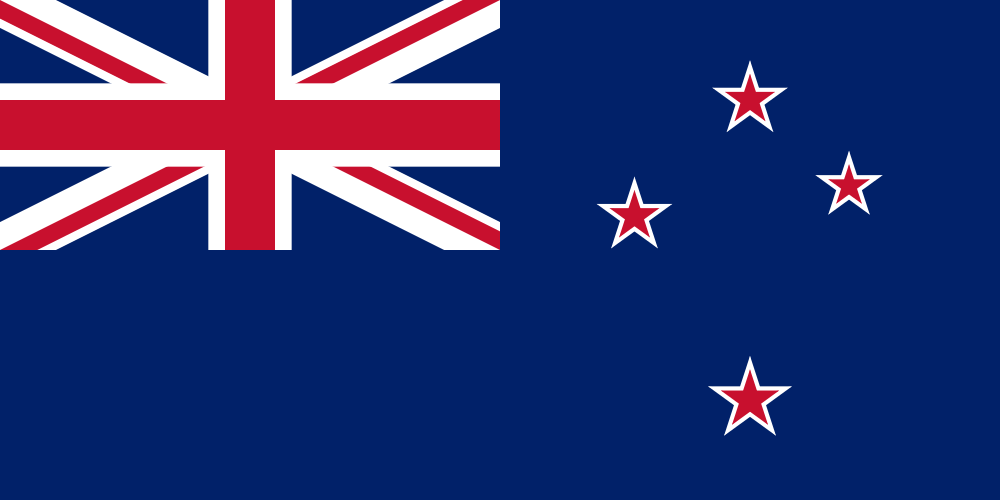
New Zealand’s flag bears the Southern Cross constellation, like Australia’s, emphasizing their geographical alignment and shared history under British colonization.
The Union Jack in the canton nods to their historical connection with the United Kingdom. This common thread ties the symbolism of both flags to a shared colonial heritage.
Tuvalu

Tuvalu’s flag includes a map of stars that symbolizes its nine islands, reflecting a connection to the land similar to Australia’s use of celebrities to represent its states and territories.
The Union Jack in its flag’s canton represents Tuvalu’s history as a British protectorate and its current Commonwealth status, mirroring Australia’s historical ties.
Cook Islands
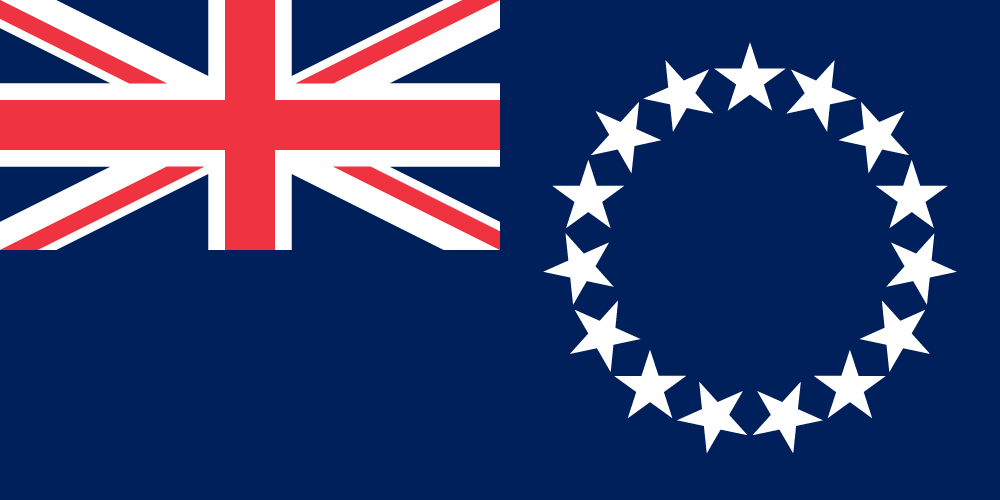
The Cook Islands’ flag features a distinctive circle of 15 stars representing each island in the Cook Islands Federation. The Union Jack signifies the Cook Islands’ status as a self-governing territory in free association with New Zealand, which itself reflects the British colonial influence shared by Australia.
Conclusion
Australia’s flag encapsulates its heritage, unity, and landscape, holding a unique position among global flags and symbolizing national pride for Australians. Its shared motifs with other flags highlight shared histories, while its distinct features affirm its individuality.
Image Sources and Copyright Information
- Australian Flag Overlooking Sydney Harbour: © ChameleonsEye/Shutterstock
- Australia Map with Flag Pin: © hyotographics/Shutterstock